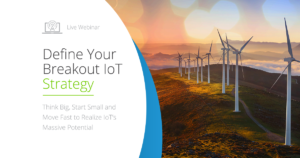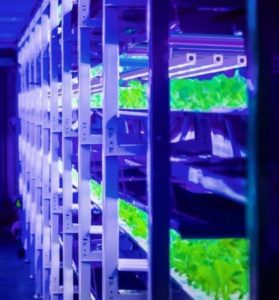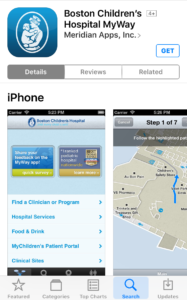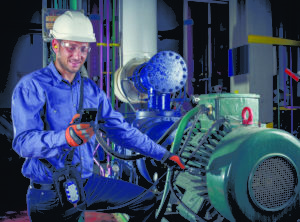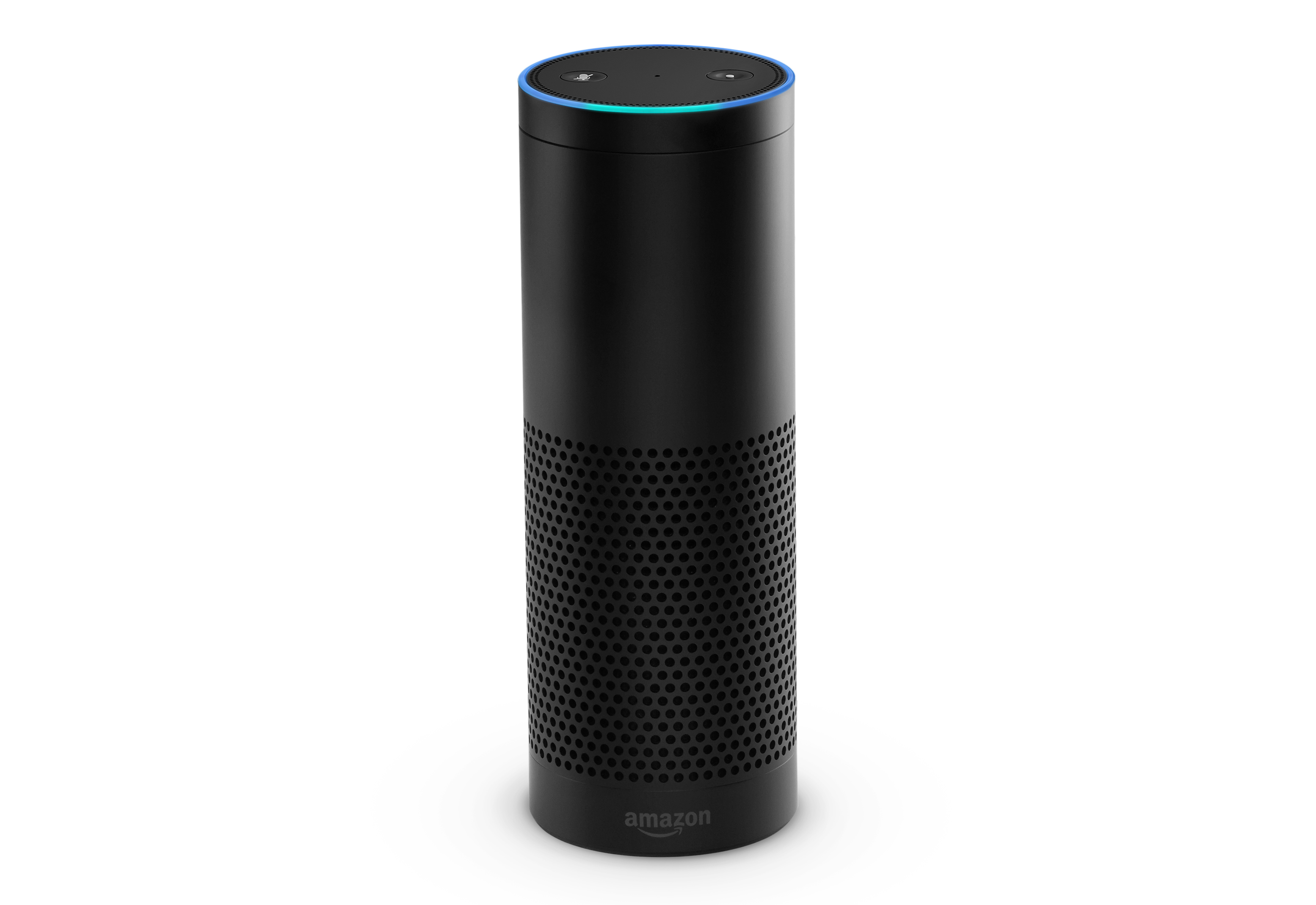I’ll speak at PTC’s LiveWorx lollapalooza later this month (ooh: act quickly and I can get you a $300 registration discount: use code EDUCATE300) on my IoT-based Circular Company meme, so I’ve been devouring everything I can about ThingWorx to prepare.
Came across a nifty 6:09 vid about one component of ThingWorx, its Analytics feature. It seems to me this video sez it all about both how you can both launch an incremental IoT strategy (a recent focus of mine, given my webinar with Mendix) that will begin to pay immediate benefits and can serve as the basis for more ambitious transformation later, especially because you’ll already have the analytical tools such as ThingWorx Analytics already installed.
What caught my eye was that Flowserve, the pump giant involved in this case, could retrofit existing pumps with retrofit sensors from National Instruments — crucial for two reasons:
- you may have major investments in existing, durable machinery: hard to justify scrapping it just to take advantage of the IoT
- relatively few high-end, high-cost machinery and devices have been redesigned from the ground up to incorporate IoT monitoring and operations.
Note the screen grab: each of these sensors takes 30,000 readings per second. How’s that for real-time data? PTC refers to this as part of the “volume, velocity and variety challenge of data” with the IoT.
As a microcosm of the IoT’s benefits, this example shows how easy it is to use those massive amounts of data and how they can be used to improve understanding and performance.
There are three major components:
- ThingWatcher:
This is the most critical component, because it sifts through the incredible amount of data from the edge, learns what constitutes normal performance for that sensor (creating “pop-up learning flags”), and then monitors it future performance for anomalies and, as the sample video shows, delivers real-time alerts to users (without requiring human monitoring) so they can make adjustments and/or order repairs. Finds anomalies from edge devices in real-time. Automatically observes and learns the normal state pattern for every device or sensor. It then monitors each for anomalies and delivers re- al-time alerts to end users. - ThingPredictor:
For the all-important new function of predictive maintenance, two different types of ThingPredictor indicators pop up when if anomalies are detected, predicting how long it may be until failure, allowing plenty of time for less-costly, anticipatory repairs. Because the specific deviation is identified in advance, repair crews will have the needed part with them when needed, rather than having to make an additional trip back to pick up parts.If you ask for a standard predictive scoring you don’t specify which performance features to include and get a simple predictive score. However, you can specify several key features to evaluate and get a more detailed (and probably more helpful) answer. For example, “if you indicate an important feature count of three, the causal scoring output will include the three most influential features for each record and the percentage weights of each feature’s influence on the score.”
- ThingOptimizer:
Finally, you can use “ThingOptimizer” to do some what-if calculations to decide which possible “levers,” as ThingWorx calls the key variables, could change the projections to either maximize a positive factor or minimize the negatives. “Prescriptive scoring results include both an original score (the score before any lever attributes are changed) and an optimized score (the score after optimal values are applied to the lever attributes). In addition, for each attribute identified in your data as a lever, original and optimal values are included in the prescriptive scoring results.” It sort of reminds me how the introduction of VisiCalc allowed users, for the first time, to play around with variables to see which would have the best results.
